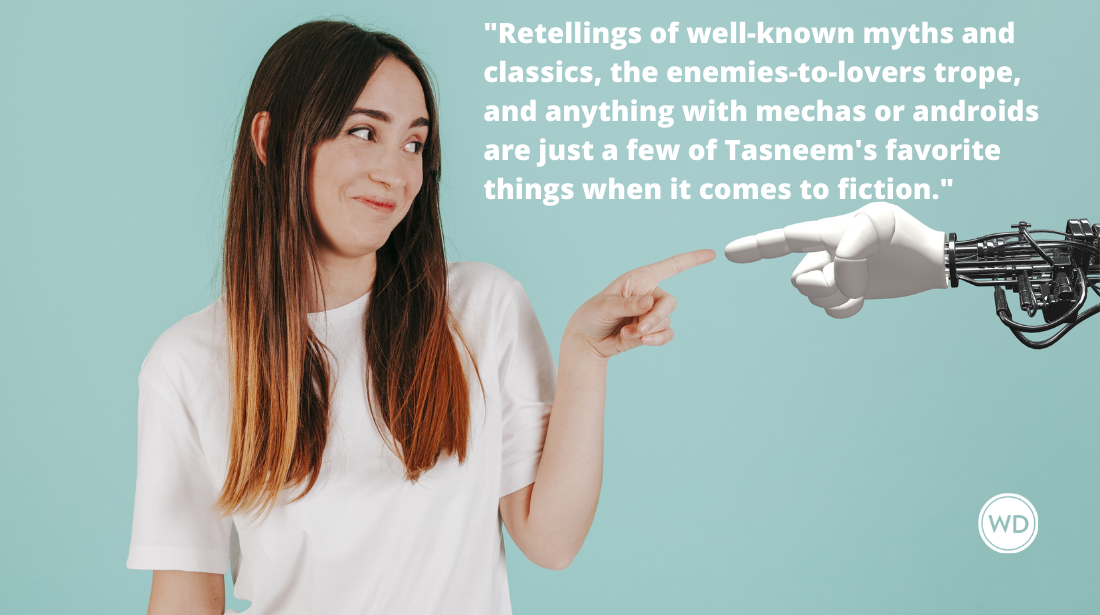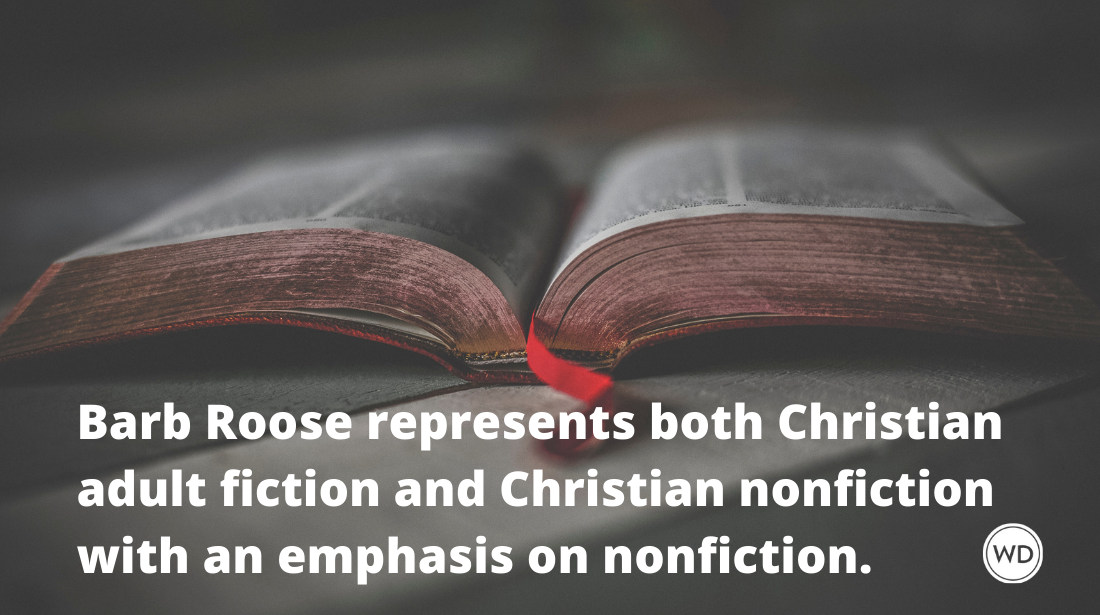3 Lessons I Learned about Realism from Mentor Texts
I never took a creative writing class; I don’t have an MFA. But, as an English professor, I read for a living, and I have learned almost everything I know…
I never took a creative writing class; I don’t have an MFA. But, as an English professor, I read for a living, and I have learned almost everything I know about writing from mentor texts (texts that teach us how to write). When I was young, I read all the time. I read everything. From cereal boxes to encyclopedias to LITTLE WOMEN. I am aware everyday of what a difference all this reading has made to me. The books I read and the intellectual and emotional business of reading them has given me a bottomless bag of tools (think Hermione’s charmed handbag) to use as I build my life and navigate the world. These are also the tools I use when I write. Here are three lessons I learned from mentor texts.
Order a copy of Virginia Zimmerman's The Rosemary Spell today.
Amazon
[WD uses affiliate links.]
1. “Write what you know.”
Like many readers, I learned this familiar lesson from LITTLE WOMEN. Prof. Bhaer doesn’t utter the exact phrase “write what you know,” but the sentiment is clear as he advises Jo to draw from familiar subjects as she writes fiction. But it means much more than giving your main character three sisters because you have three sisters. It also means building worlds out of tiny, seemingly insignificant bits of reality: remarks, images, and events.
In THE ROSEMARY SPELL, when the main characters go to their school library, I had in mind the library at Kilmer Middle School in Vienna, VA. I have only visited this school once, and I spent only a short time in the library, but the layout of the space, the light on the tables, it was what I needed, so I pulled it out of my memory bank and put it in the fictional school my characters attend.
Authors collect these bits of reality and store them away in their bottomless tool bags until they discover that one of those bits is just what a character or a scene or a story needs. I keep a journal and jot down snippets of conversation and interesting images. Sometimes years pass before I deploy these bits of what I know, but when I do, they make even the most fantastical plots real.
2. Constellations of Characters
I love and admire many things about Madeleine L’Engle’s books, but what might impress me most is the way she creates a constellation of characters. She invents a world inhabited by an array of people, and her novels rise up out of this world, with characters that meander from one book or series into others. Stars in one book become part of the galaxy of characters in another. Meg and Calvin, for instance, grow up and become characters busy in the background of books that feature new young people.
I have adapted L’Engle’s pattern—I drop characters from one book into the background of other books, and I also draw heavily on the books my characters read. In THE ROSEMARY SPELL, the characters are very fond of a fictional book called PELAGIA'S BOATS, a book I am now in the process of writing. Inspired by L’Engle’s constellations of characters, I am crafting a constellation of intersecting texts. These books and people that transcend the bounds of any one story bolster the realism of the world I create.
3. Metaphor and Simile and Personification, Oh My!
My profession exposes me to literary devices by the bucketful. Yet, it was Marcus Lusaka’s THE BOOK THIEF that revealed to me, as a writer, how simile, metaphor, and personification can be powerful tools for realism. So many phrases in THE BOOK THIEF take my breath away, and in my awe, I learned a new way to give shape to complicated feelings. Zusak describes a man’s eyes as made of “kindness and silver” (34); realization is a “jigsaw puzzle” (5). In THE ROSEMARY SPELL, an awkward feeling “tries to shuffle out of the way” (4), books “lurk” (1), and grief “tugs” at a person’s face (136). Careful readers will notice I use a lot of personification, a device whose power I didn’t really see until I read THE BOOK THIEF.
My life, like my character Rosemary’s, is full of mentor texts. Some help me when I’m afraid. Some inspire me to weather challenges. Some are the cardinal directions on my moral compass. All of them teach me how to write, and I keep them close at hand. My desk sits next to a physical manifestation of that bottomless bag of tools—a six-foot shelf filled with books that have taught me one thing or another. From this constellation of books, I’ve learned about simile and metaphor and personification. I’ve learned to write what I know, and I know what and how to write because of what I’ve read.
Virginia Zimmerman is the debut author of THE ROSEMARYSPELL (Dec. 2015, Clarion Books). Kirkus calls the book “spellbinding,” and ALA Booklist describes it as a “wonderful blend of literary puzzles, adventure, and musings over memory and identity.” In a starred review, Publishers Weekly calls the novel “enthralling” and “deftly plotted.” Virginia is now a Professor of English at Bucknell University in Lewisburg, PA, where she gets to read and write and talk about books for a living. She especially enjoys Victorian literature and children’s fiction. Follow her on Twitter.







